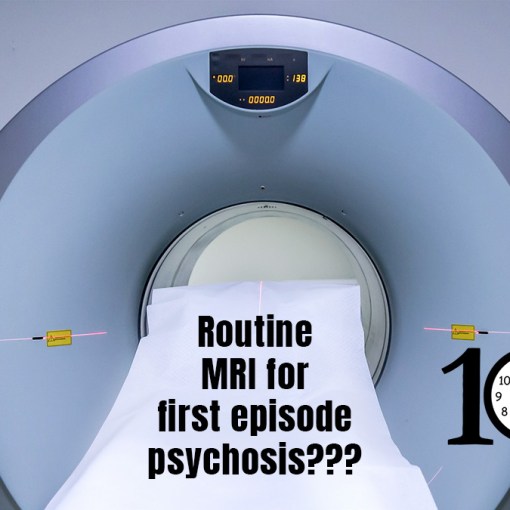I have written about the resuscitation of anaphylaxis and asthma before. However, I was forwarded the AMAX4 algorithm for the patient with asthma or anaphylaxis who is either unconscious or requiring assisted ventilation, and I think it is an important addition for our sickest patients.
The heartbreaking backstory to this algorithm and website, created by Dr. Ben McKenzie, is that his son Max died of anaphylaxis when he was 15 years old. He was less than 8 minutes from hospital when he developed symptoms. He was talking and had an oxygen saturation of 100% with paramedics. Just before arriving to hospital, he suddenly lost consciousness, presumably from bronchospasm. He was not intubated for 39 minutes. Ultimately, his own father had to take charge of the resuscitation, and was the one to perform the necessary surgical front of neck access. I cannot even imagine. I have a hard time even writing these words.
The AMAX4 project is a response from his parents with the goal of preventing future avoidable deaths. I don’t know how they have the strength. It is reminiscent of Martin Bromley’s “Just a routine operation” video, which we have all admired and learned from. I think there is a lot to learn from these experiences, and I was honoured to be asked to reshare the AMAX4 algorithm here. (You can also find it on St Emlyn’s and LITFL.)

Key concepts informing AMAX4
- In the context of hypoxic arrest, the time to hypoxic brain injury is 4 minutes. We must act fast.
- It is true of any critically ill patient, but you must prioritize first pass success. Use a paralytic. Use a video laryngoscope. Use the best intubator in the room.
- Be prepared for surgical front of neck access. Can’t intubate can’t oxygenate should be declared immediately after a failed intubation attempt.
- In almost all other arrests, I recommend an LMA. In the context of asthma and anaphylaxis, the airway pressures are too high for anything but an endotracheal tube. Intubation is necessary.
- High pressures also make ventilator management difficult. Start by bagging the patient (through the ETT).
- Practice and simulation are essential.
- We need to differentiate sick and not sick early. If they are dying, be aggressive to save their life. If they are awake, be careful: don’t kill them.
- Pneumothorax rates are high when CPR or arrest are involved. Be prepared for empiric finger thoracostamies.
- Go heavy with the medications.
The full lecture from Dr. McKenzie
The lecture is broken down into smaller sections that you can peruse here: https://www.amax4.com/lecture
Max’s story
Max McKenzie was an otherwise healthy teenager. He was talented, happy and loved. Max entered health care with normal oxygen levels alert and he was able to ask for help, but despite the emergency health care provided sustained an unsurvivable brain injury.
There is a ton more information, resources, and videos on the AMAX4 website.






4 thoughts on “Critical anaphylaxis and asthma: The AMAX4 algorithm”
A quick comment on cricothyrotomy. They are always hard and cadaver, mannequin or animal training doesn’t come close to what you will encounter during the procedure. There is a device that can help. The Weitlander Self Retaining Retractor, otherwise known as the Silent Resident. It retracts the wound edges and tamponades bleeding vessels. It frees up both of your hands. I’ve had my own for years and never work a shift without it.
Bronchospasm blocks exhalation. The chest fills with an over-expanded lung and right heart filling decreases and stops. Positive pressure via ETT makes this worse. As venous return decreases the cardiac output decreases. Adrenergic stimulus raises the BP and heart rate which masks this until cardiac collapse. The solution is to increase exhalation either by compressing the chest or by briefly putting the ETT to suction. Unfortunately, this is counterintuitive since increasing respiration works for almost all other forms of hypoxia but the result is obvious and dramatic. I came very close to dying from anaphylaxis – it is counterintuitive for patients as well so unless they are in extremis they are unlikely to cooperate..